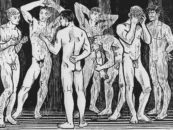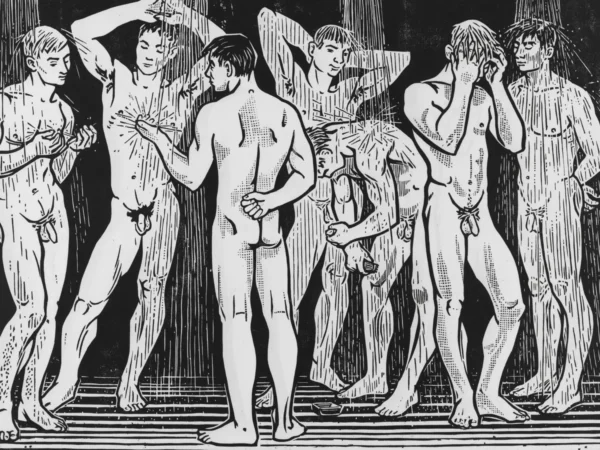
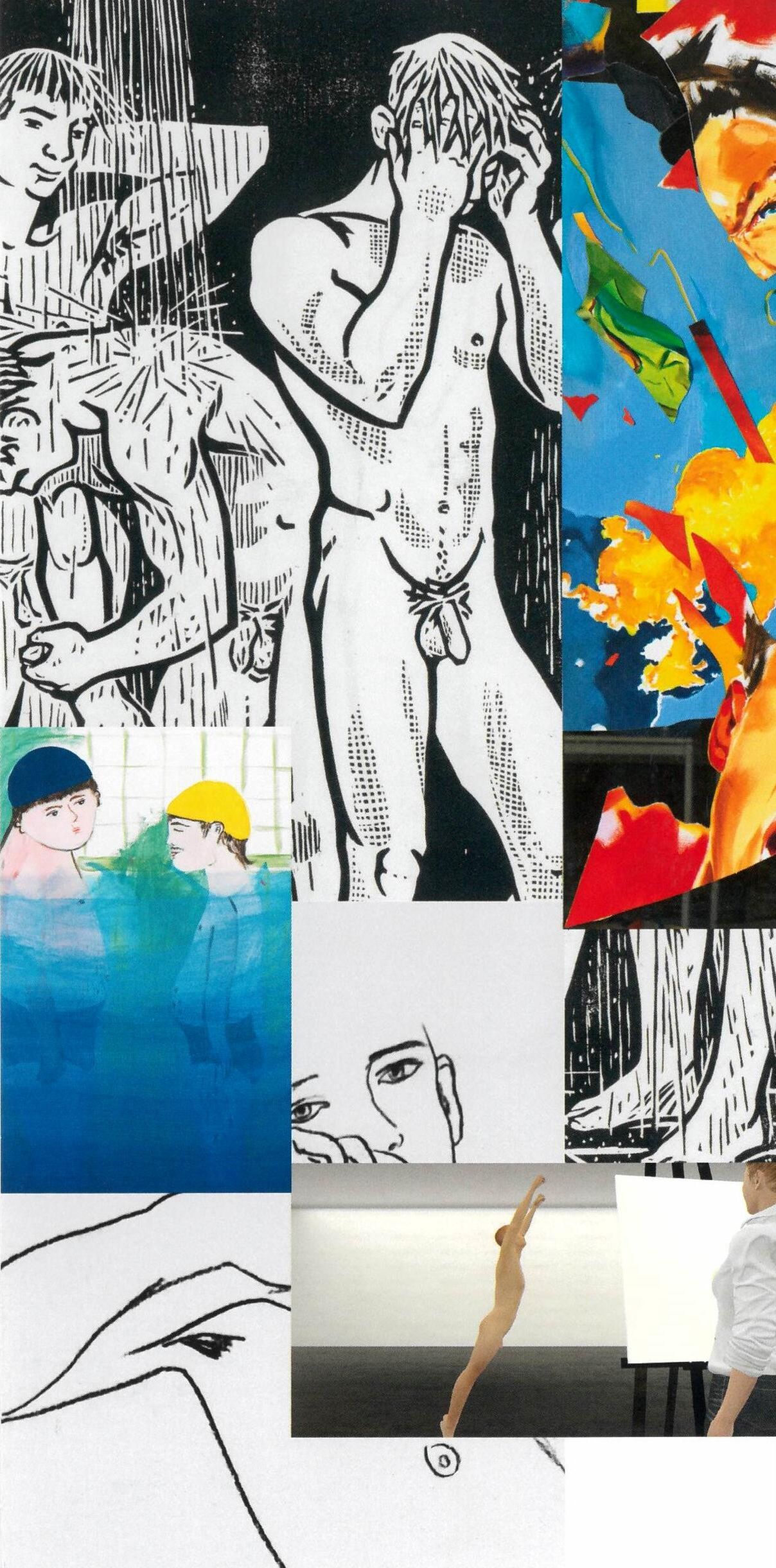 The German Democratic Republic (communist East Germany) may have beaten West Germany in decriminalizing sexual acts between men by one year in 1968 but they were just as homophobic as the West. Even though they called themselves a socialist “workers’ and peasants’ state”. When the GDR was formed after WW2 it inherited Paragraph 175a of the Nazi legal code, along with many other pre-existing laws. This banned ‘unnatural desire’ between men, with a clause protecting against the ‘seduction’ of men and boys under the age of 21, and anyone caught could be jailed for up to 1years. It was not reformed until 1957
The German Democratic Republic (communist East Germany) may have beaten West Germany in decriminalizing sexual acts between men by one year in 1968 but they were just as homophobic as the West. Even though they called themselves a socialist “workers’ and peasants’ state”. When the GDR was formed after WW2 it inherited Paragraph 175a of the Nazi legal code, along with many other pre-existing laws. This banned ‘unnatural desire’ between men, with a clause protecting against the ‘seduction’ of men and boys under the age of 21, and anyone caught could be jailed for up to 1years. It was not reformed until 1957
Like in almost every other country at the time what gay life there was very much secretive and very much on the down low and there were few public places where gay and lesbian lifestyles could be lived unchecked. Queer artists like Jürgen Wittdorf had to tread very carefully, not just to practice their art, but simply to survive
 Whilst they hated East Germany’s authoritarian regime, they never openly rebelled against the system. Wittdorf had been a member of the ruling Socialist Unity party since 1957, and he earned a living running drawing classes for border guards and police officers, who commissioned him to make a mural for the canteen at their Berlin headquarters. The mingling of artists and workers in creative “circles” was part of a state program to bridge the chasm between intellectuals and the proletariat.
Whilst they hated East Germany’s authoritarian regime, they never openly rebelled against the system. Wittdorf had been a member of the ruling Socialist Unity party since 1957, and he earned a living running drawing classes for border guards and police officers, who commissioned him to make a mural for the canteen at their Berlin headquarters. The mingling of artists and workers in creative “circles” was part of a state program to bridge the chasm between intellectuals and the proletariat.
Whilst the collapse of the GDR and the destruction of the Berlin Wall was met with universal acclaim, it marked a rapid decline for Wittdorf as his income through teaching work ran dry. Already in his 60s, he kept running drawing classes for friends from his apartment but was eventually forced to sell off his private collection of antiques and other artists’ works in order to make ends meet.
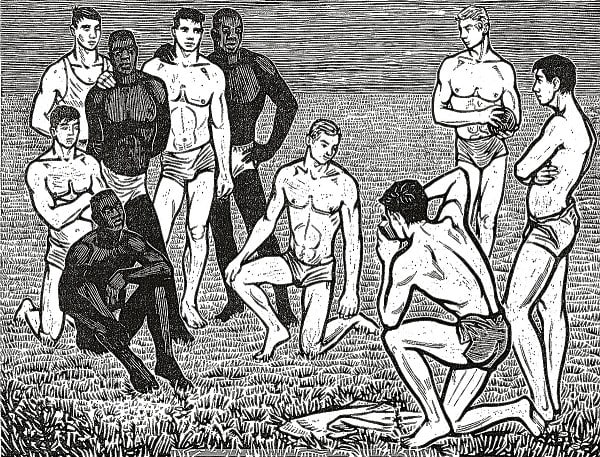
Whilst Wittendirf enjoyed the diverse West Berlin gay scene he was now exposed too. he was still embittered by his own artistic obscurity. However, before his death, he did have one-man show which is credited for the new interest in his work. After his death in 2018 the remaining works piled up in his Berlin apartment were sold at a house clearance auction to settle outstanding debts, with his former pupil Linkersdorff winning the bid.
Now this major retrospective at Biesdorf Palace in Berlin is an important revival of Wittdorf’s homoerotic art of the communist era. on what would have been his 90th Birthday. The sheer success of the Exhibit is finally the recognition he craved
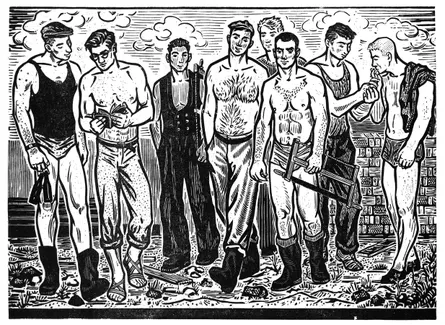
Exhibition from September 5th, 2022 to February 10th, 2023 Schloss Biesdorf Alt-Biesdorf 55 12683 Berlin

